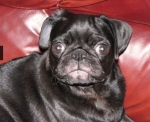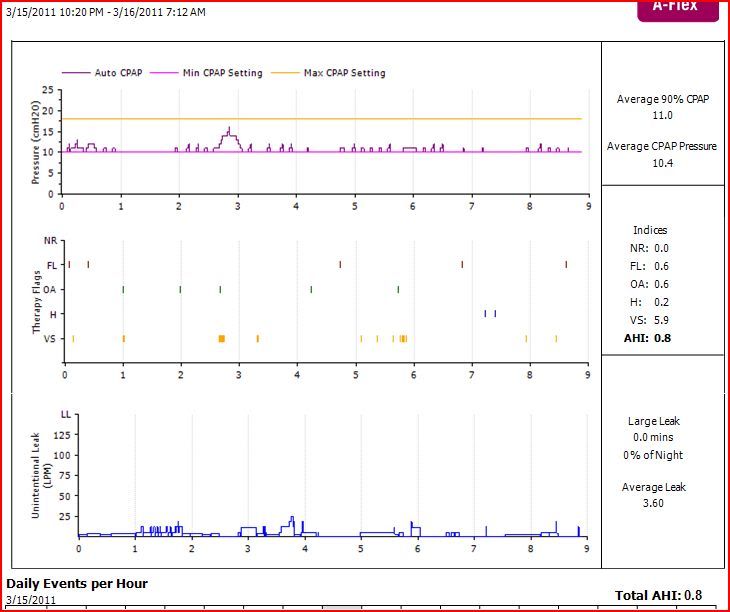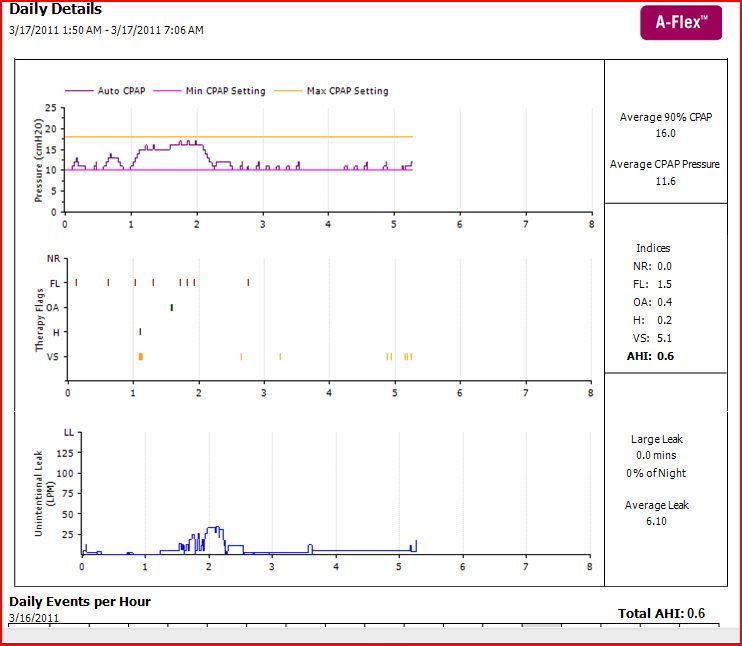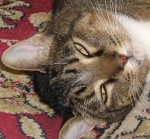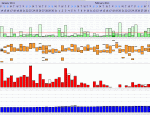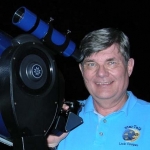LinkC wrote:Jayjonbeach wrote:Right, but there is one Optimal pressure that works best for you on CPAP, the one that will eliminate the most apneas, your 90/95% pressure.
You are confusing terms again. 90% pressure applies ONLY to APAP, not CPAP. And it's definition has nothing to do with eliminating the most apneas. It may or may not be "the pressure that works best for you". It is simply the pressure at OR BELOW which you spent 90% of your time. While it is expressed as a singular pressure, it actually represents the RANGE of pressures between your lower limit and your 90%.
Since Link has once AGAIN posted bad info to the forums and of course has not answered my question in the above post as clearly he is yet AGAIN the one confused and hasn't done his homework AGAIN, here is the answer to help the OP and clear up the confusion for anyone else wondering based on actual studies:
http://ajrccm.atsjournals.org/cgi/conte ... /167/5/674
http://ajrccm.atsjournals.org/cgi/conte ... type=HWCIT
http://ajrccm.atsjournals.org/cgi/content/full/162/1/94
http://www.ncbi.nlm.nih.gov/pmc/articles/PMC2080751/
http://www.journalsleep.org/Articles/291110.pdf
http://chestjournal.chestpubs.org/conte ... 7.full.pdf
Summary of those studies/articles, Home Titration is as good as in lab and some info suggests it can be better depending on how many lab studies were done, how long you actually slept, what machine is being used at home, etc, etc though the lab has advantages too as it does consider more variables, it all depends of course but the point is there. It is also mentioned that the importance of Flow Limitation not only for Titration but for Treatment is a critical piece of info, sorry Devilbiss users.
You'll notice that they mention the PEFF value a lot, which is defined in the below link as:
The effective pressure level (Peff) is the one that abolishes obstructive breathing disorders including inspiratory flow limitation and snoring in every sleep stage and body position
http://respiratory-research.com/content/9/1/56
And how is PEFF arrived at you ask, well I'm so glad you asked, from the link above:
Then when completing an automatic CPAP titration, Peff value usually corresponds to the 90th or 95th percentile of the cumulative night time pressure response
Been discussed many times before and of course in this forum, one thread of note:
viewtopic.php?f=1&t=29916&st=0&sk=t&sd=a
So to summarize, you do NOT go home and put your machine on 2 below and 2 above your Titrated pressure and LEAVE IT THERE. You DO put in on 2/3 below and 2/3 above for 2/3 weeks for Titration or Titration checking purposes, THEN if you are switching to CPAP, you use your 90/95 percentile averaged over the time period as the one OPTIMAL pressure to set the machine on, just as I've been saying. As for the minimum pressure in APAP AFTER 2 to 3 weeks I already posted my thoughts on it in the prior posts and the logic behind it. I choose to use my OPTIMAL pressure setting as do many others, the one that eliminates the most apneas and enjoy no "Apnea Slippage" as can be an issue with the "conventional wisdom" method. I also don't care about the comfort of a pressure 2cm lower as I don't have gas issues or arousals and care much more about having the LEAST AMOUNT OF APNEAS which to me and many is the most important part of therapy (along with compliance), and it works, this way my AHI is < 1 which I could not achieve any other way. YMMV, of course, and without compliance your apneas will surely be higher so if having a little lower pressure makes the whole thing more bearable for you and you actually use the machine versus not using it, then the answer there for a person in that boat is obvious.
Will post a seperate thread on all this eventually...
Tired of being tired for 20 years running, hoping this is the answer...









